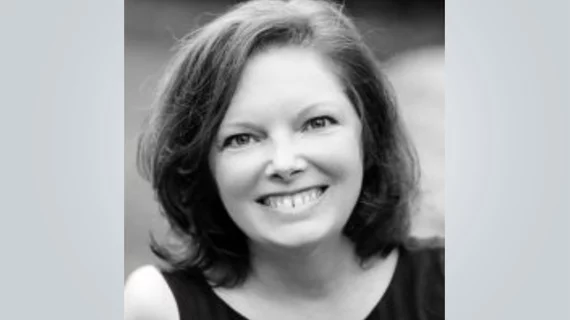In this magazine’s cover story, we examine the work that still needs to be done to improve women’s heart health. Despite significant progress, too many women aren’t even aware that heart disease is relevant to them, let alone their gender’s leading cause of death. But what if focusing on the health of the millions of women who have coronary disease, plus those who are at risk for cardiovascular conditions, were the start of something bigger and more powerful? What if the laudable goal of moving the mortality needle for female patients were the equivalent of giving the engine a bit more gas, while thinking about women as the healthcare consumers they are would be on par with pushing the pedal to the metal?
“Women are the customer,” say marketing gurus as they point out that women call the shots, or at least have veto power, when it comes to most household expenditures.
Healthcare is no exception. While the data vary across sources and how they slice the demographics, there is consensus that women are making the majority of decisions regarding healthcare and insurance for themselves and their households. And for women of the so-called sandwich generation who are caring for their children and their parents, it’s a large sphere of influence and responsibility.
Healthcare professionals can help by understanding where women are coming from and what holds them back. As C. Noel Bairey Merz, MD, says, one reason women are reluctant to talk with their doctors about heart disease is that they think it’s all about their weight. Knowing that—plus that many women feel starved for time as well as distrustful and dissatisfied with their healthcare providers—could be useful intelligence for bettering patient engagement and getting whole families on board with health and wellness.
Cardiology has come a long way from the days when heart disease was believed to be mostly a man’s disease and women were overlooked or lumped in with men. But there’s still a long distance to travel, and the next few miles forward might start with understanding that women are setting the agenda for health and wellness. To get heart disease—or better yet, heart disease prevention—on a woman’s radar is a big step toward improving not just her cardiovascular health but also that of her spouse, children and parents.
With the new year shining brightly before us, let’s open up the throttle and charge forward.

